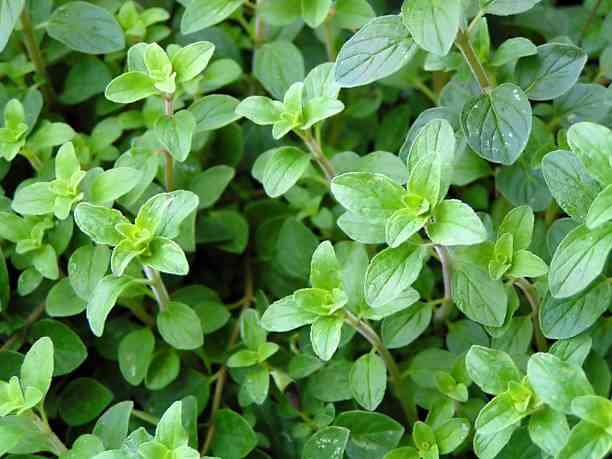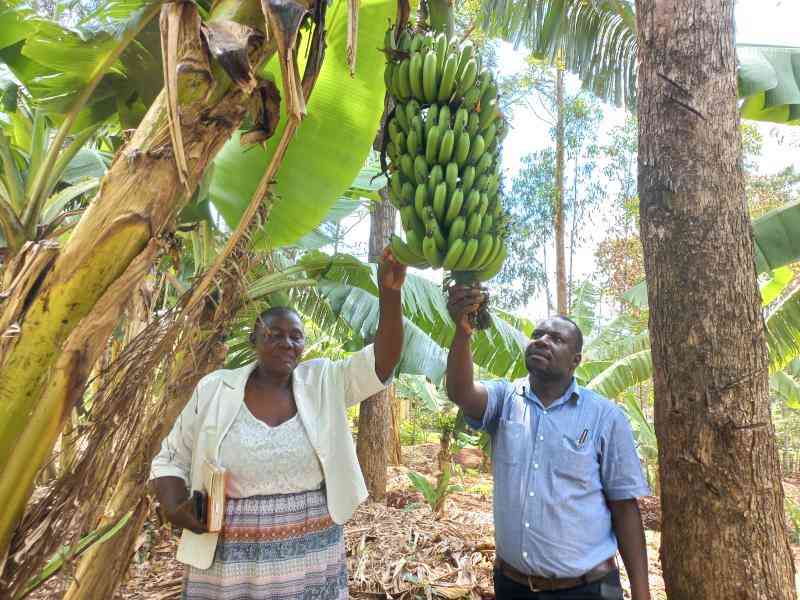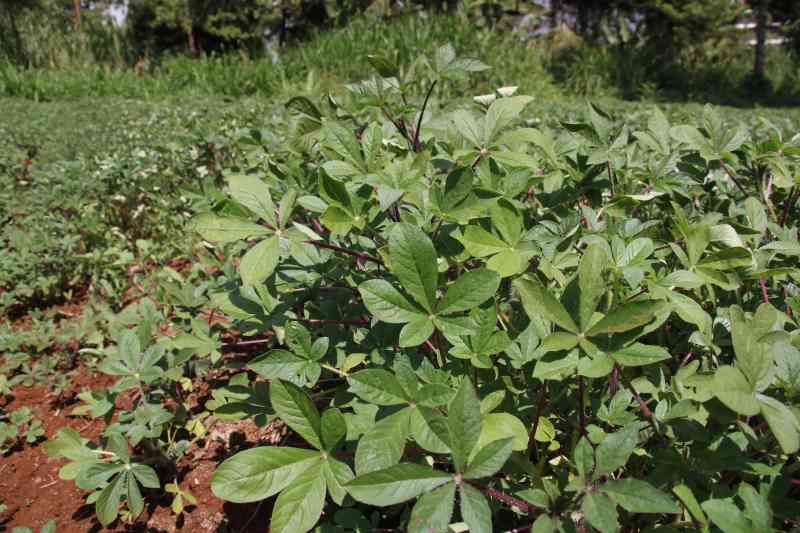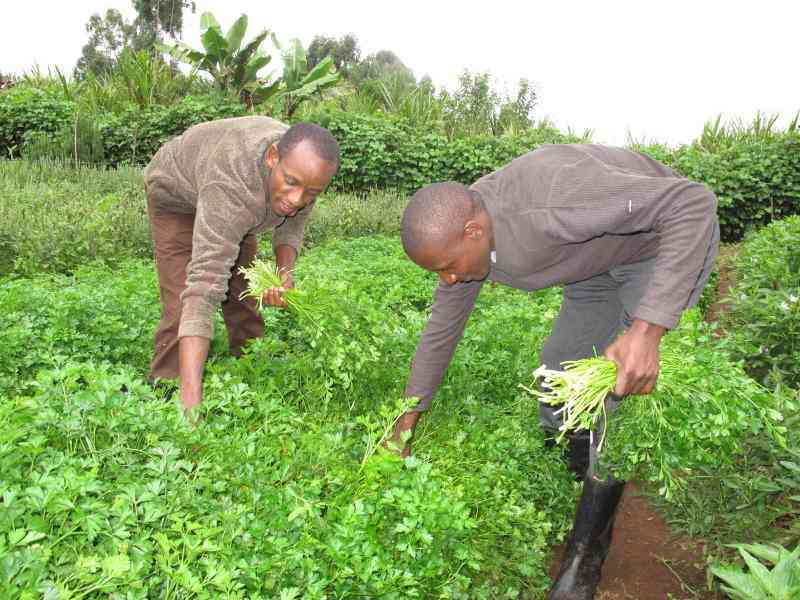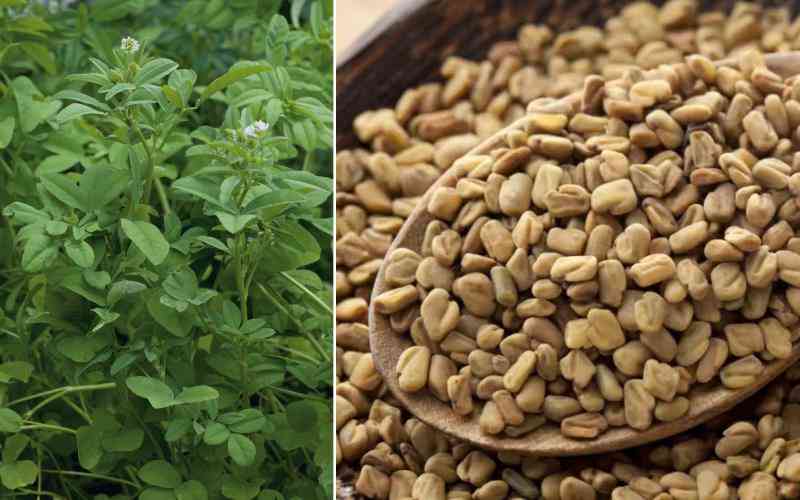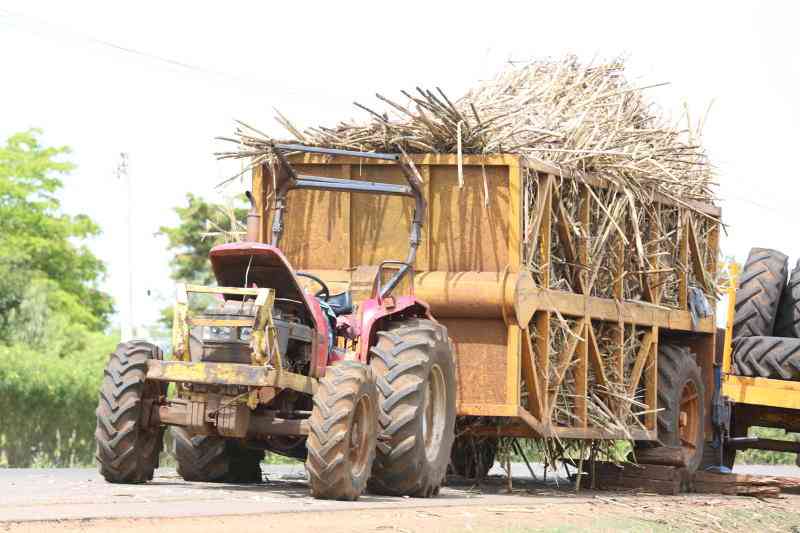
[Christopher Kipsang, Standard]
Clothing is a basic need. Every human being wears clothes every day. It is therefore easy to see why a cotton farmer might be excited about their prospects.
Mwalimu Nduria is one such farmer. Towards the end of 2022, he harvested just over 1,800kg of cotton from one and a half acres.
With a kilo fetching Sh52, he pocketed over Sh90,000 for the season: monies he says have come in handy taking care of domestic bills.
"The beauty of cotton is that it is burglar-proof, unlike food crops," Nduria, a resident of Ukunda in Kwale county, says.
Ouma Naderia, a cotton farmer in Funyula, Busia county, says the crop is unique because it is purely for making money. "You can't eat it. You harvest to sell and make money," he says.
When we visited Naderia we found him picking "the last harvest" of the season: plucking the white puffy fibres off open fruit husks.
"We are starting a new planting season and need to finish harvesting last year's crop," he says.
Apart from being a farmer, Naderia is also the current manager overseeing operations at Luanda Farmers Cooperative Union (LFCU) ginnery, which has a cotton ginning capacity of 5,000kg per day.
"There is a lot of demand but supply is still low. The ginnery runs only when we have cotton to gin, press and bale," Naderia says.
With a little more than 2,000 cotton farmers, the cooperative is still in need of more farmers to sufficiently utilise the plant.
Naderia says the cooperative hopes to recruit at least 3,000 more farmers by the end of the year.
Even so, the level of reluctance to grow cotton by locals is still high. The wounds the industry left on farmers in the 1990s haven't healed completely.
Once upon a time, cotton was a lucrative crop. The crop did well in the old Nyanza, Western, Eastern and Coast provinces.
Earning good money
At the peak of production - around 1984/85 - national production reached 13,000 tonnes of lint annually.
"My father grew cotton as far back as 1963. It earned farmers good money," says Aggrey Emojong, a 78-year-old cotton farmer in Malaba.
At the time, the government supported the industry; regulating the value chain and securing farmers' livelihoods.
Then the textile market was liberalised in 1991, leading to the collapse of the vertically integrated system for input supply, ginning, extension, and seed cotton buying.
This, combined with the importation of cheaper second-hand clothes, made locally manufactured garments uncompetitive and farmers abandoned cotton. Firms closed down and cotton-ginning factories went silent. At the Malaba/Malakisi Cooperative Union ginnery, we found the factory rotting away, rickety structures that have borne the brunt of time visible in all directions.
A Ford truck, KDV 906 on the number plate, had grass growing just behind the steering wheel.
"It is one of the trucks we used to transport cotton," Wycliffe Opili, the manager of the ginnery said as he gave us a quick tour.
When the industry collapsed, he says, the factory was looted and machine parts carted away by scrap metal dealers. The ginnery acquired a low-cost ginning machine a couple of years back: enough to gin cotton by the few hundreds of farmers in the locality.
A successful revival of the cotton industry will need all hands on deck, says Esther Kariuki, the head of Agribusiness at the Co-operative Bank of Kenya.
The Bank, through its foundation, has currently committed Sh100 million to aid cotton farmers signed up with cooperatives to get back to profitable production.
"The bank came into being in the 1960s through farmer (cotton farmers included) cooperatives. They are our shareholders.
"Over 60 years later their bank is strong enough to pull them up back into production," Kariuki says.
At the moment, Kenya has three main textile mills: Rivatex East Africa Limited, Supra Textiles Limited and Thika Cloth Mills (TCM).
"All of them need cotton. Yet they don't farm cotton. They, therefore, need cotton farmers actively growing the crop," says Kariuki.
Tejal Dodhia, the CEO of TCM, says in the past (2021 going back), the company imported cotton from neighboring
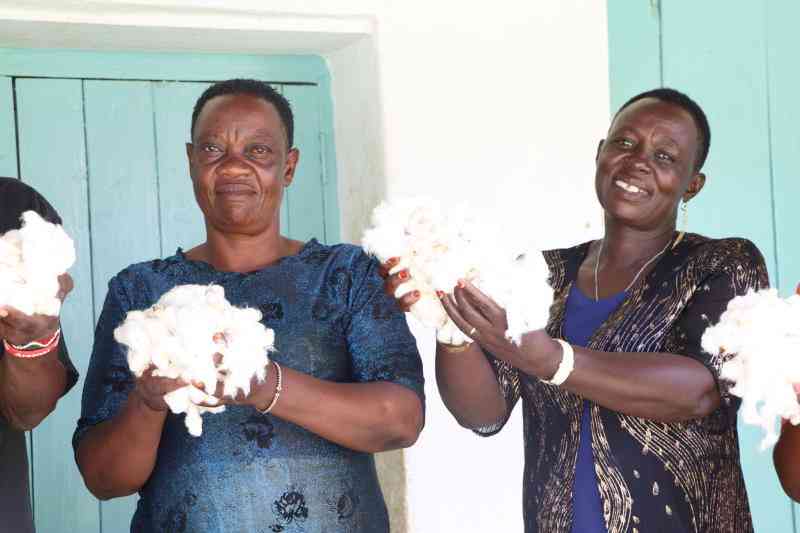
Farmers Jennifer Inamai (L) and Mary Odemba and (R) from Busia County are among farmers elated to get back to cotton growing as the industry's revival is spearheaded by the government and other private sector players [Gardy Chacha, Standard]
Uganda and Tanzania
"Today, about 80 per cent of our cotton is sourced locally," she says. "Demand remains high and we need more cotton farmers." Dodhia says it is better to source cotton locally because the quality of Kenyan cotton is good.
"Buying locally means we also save money that could have been used in cross-border transportation," she says.
With the dollar exchange rate unstable, it makes even more business sense for textile manufacturers to source their cotton locally.
So eager - for Kenyan cotton - is the company that it has resolved to entice reluctant farmers with free BT-Cotton seeds as well as pesticides.
"A kilo of BT-Cotton seeds is Sh3,500. An acre of land needs 1.5kg of seed. We are therefore spending just over Sh5,000 per acre," Dodhia says. Giving farmers seeds ensures that the textile manufacturer has raw materials to run on; reducing the need to import.
In September 2022, for the first time in over 25 years, LFCU ginnery roared back to life - thanks to a Sh30 million grant from the government.
Farmers, Naderia, Christian Small and Bennedict Bideru, are just a few among many who are savouring the return of cotton.
"The union is paying cotton farmers cash on delivery," says Bideru. "This for sure is exciting."
The government's cotton value chain development strategy seeks to revive the industry through farmer cooperatives.
Paying farmers
All cooperative unions we visited - including Kwale Pavi Farmers Cooperative Society (KPFCS) and Nambale Farmers Cooperative Union (NFCU) - are paying farmers cash on delivery.
"As the bank the cooperatives bank with, we give them Crop Advance: to enable them to pay the farmers upon delivery.
"This is critical for the revival of the industry because we don't want the farmers' having to wait for their produce to be sold before getting paid.
"We want them to feel confident that indeed their hard work pays as soon as they harvest. The bank is able to recoup its money once the cotton is sold," Kariuki says.
TCM manufactures uniforms, trousers, shirts, bedsheets, kitenge (colourful fabric), pillows and kikois (traditional fabric).
The Buy Kenya Build Kenya initiative has also seen the government give textile manufacturers business: to produce regalia for the armed forces.
A source at the Ministry of Agriculture informed Smart Harvest that the three textile mills in the country operating at about 50 per cent of their capacity.
 The Standard Group Plc is a multi-media organization with investments in media platforms spanning newspaper print
operations, television, radio broadcasting, digital and online services. The Standard Group is recognized as a
leading multi-media house in Kenya with a key influence in matters of national and international interest.
The Standard Group Plc is a multi-media organization with investments in media platforms spanning newspaper print
operations, television, radio broadcasting, digital and online services. The Standard Group is recognized as a
leading multi-media house in Kenya with a key influence in matters of national and international interest.

